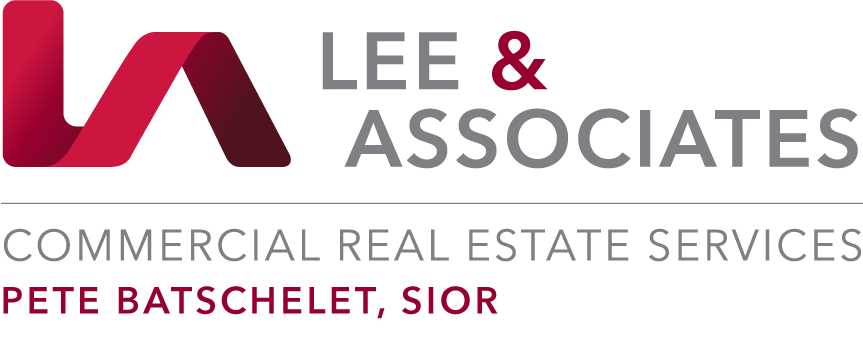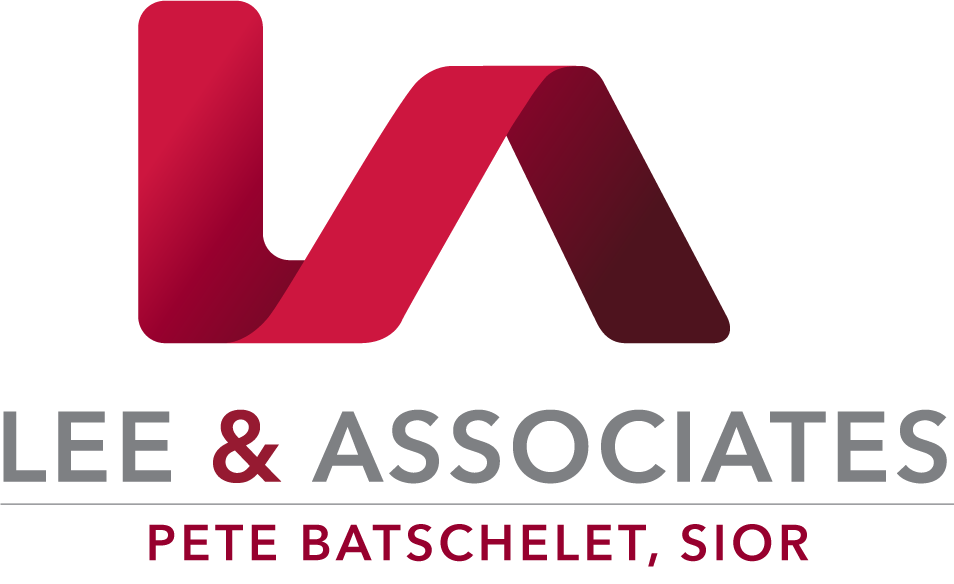Life Sciences: Another Winner in the Pandemic
By Lee & Associates
In Q4 of 2020, Blackstone Group Inc. did something interesting with BioMed Realty Trust, the second-largest U.S. owner of life-science buildings1, which it acquired in 2016. Instead of selling it to an external third party or taking it public, Blackstone sold it internally to another Blackstone fund. The reason why they did this is that even though by law the Blackstone fund, which owned BioMed, had to exit all holdings and return money to investors, fund investors wanted to continue owning BioMed rather than cashing out immediately. As a result, the fund agreed to sell BioMed to another Blackstone fund that could hold it indefinitely allowing investors to stay in. The fact that Blackstone did this further bolsters a truth many have been slow to recognize: Along with data centers and industrial real estate, life science real estate is thriving enormously in the pandemic. It is the latest sign of intensifying demand for this fast-growing niche in commercial real estate.
THIS REPORT WILL EXAMINE WHY AND USE WHAT IS HAPPENING IN NEW YORK AS A CASE STUDY TO EXPLAIN THE DYNAMICS THAT PROPELLED LIFE SCIENCES TO SUCCESS.
1 The business of providing lab space has taken off in recent years as new drugs, treatments, and devices are increasingly developed at startup firms rather than in-house at large pharmaceutical companies. Interest in the life sciences sector from developers, investors, and financial backers was already substantial because of this. The arrival of COVID-19 brought more attention and capital into the sector and added to the pre-existing trend.
2 The average vacancy rate for the 13 largest life science markets2 was 6.1% at the end of Q2. By contrast, the office vacancy rate was twice that much in the same markets.3
3 The life science industry is in the process of inshoring many of its operational facilities. That is, firms are moving their operational facilities back into the United States. Consequently, this is further adding to the demand for space.
4 Total commercial laboratory space has grown by 12% this year to 95 million square feet. Another 11 million square feet is currently under construction. Despite the increased supply, lab rents are rising as tenant demand remains strong.
5 There is enormous venture capital and institutional investment interest in the life sciences. In addition to Blackstone, divisions of JP Morgan Chase & Co. have been major owners of life science properties, and venture-capital money poured into life-science startups to the tune of $17.8 billion by the end of Q2—a record for a four-quarter period (i.e., Q2 of 2019 to Q2 of 20204). Moreover, National Institutes of Health funding to major universities and institutions for health-care research is forecast to grow by 6% this year to $42 billion.
6 The life science sector is also the beneficiary of massive amounts of government funding at all levels: federal, state, and municipal. To see how governmental funding, NIH funding, and funding from investors has been spurring the life sciences, consider what is happening in New York City as a case study.
NYC has long possessed key ingredients for the life sciences to flourish. It has leading universities and academic medical centers — the places where scientific breakthroughs are often made and bioscience businesses born. And it is teeming with chemists, biomedical engineers, and other life science professionals. Funding to research institutions in the city from the National Institutes of Health, the federal government’s biomedical research agency, has risen every year since 2016. Last year, it hit $2.2 billion, second only to Boston.
However, New York has lacked labs and other “life science spaces” entrepreneurs need to start their companies and bring drugs to clinical trials and, eventually, commercial production. To address this shortage of space, governmental initiatives were established to encourage the proliferation of the life science sector, which promises high-paying jobs and tax revenue. In 2016, New York introduced a $500 million life science initiative led by the city’s Economic Development Corporation. In 2017, New York State unveiled its own $620 million plan.
Incentivized by governmental support, real estate companies and developers have been building commercial laboratories for medical researchers, incubator spaces for biotech startups, and offices for pharmaceutical companies poised to bring new drugs to market. Funding from investors is flowing to such projects at a time when the city’s office market is battered by lockdowns and orders to work from home. On average, rents for labs in Manhattan averages around $105 a square foot. Consequently, developers haven’t been shy to capitalize.5
7 The life-science sector isn’t without risk. Building owners face the high cost of constructing and maintaining lab space that often requires ventilation, chemical storage and disposal, and increased power requirements. Startups also can take years to develop drugs or devices to sell to the public.
Nonetheless, even during the pandemic, BioMed has been doing well, with 100% of its space occupied and operational, and collecting full rent from nearly every tenant. Moreover, if Blackstone’s year-end purchases are any indication, then whatever the risks the life-sciences sector might have, their upside is even better. The investment firm struck a deal to acquire a 2.3 million square foot portfolio of lab office buildings from a Brookfield Asset Management real estate fund for $3.45 billion. With roughly 90% of the portfolio concentrated in Cambridge, MA, the transaction is expected to close in the first quarter of 2021.6
Sources: 1 BioMed has 93 properties its portfolio. https://on.wsj.com/37084JI 2 Markets Include: Boston, San Francisco, San Diego, DC, Raleigh, New Jersey, Philadelphia, NYC, Seattle, LA, Chicago, Orange County, CA, Denver3 WSJ: https://on.wsj.com/37084JI 4 WSJ: https://on.wsj.com/37084JI 5 NY Times: https://nyti.ms/35WLemT 6 WSJ: https://on.wsj.com/3r7eYGh
The information and details contained herein have been obtained from third-party sources believed to be reliable, however, Lee & Associates has not independently verified its accuracy. Lee & Associates makes no representations, guarantees, or express or implied warranties of any kind regarding the accuracy or completeness of the information and details provided herein, including but not limited to, the implied warranty of suitability and fitness for a particular purpose. Interested parties should perform their own due diligence regarding the accuracy of the information. The information provided herein, including any sale or lease terms, is being provided subject to errors, omissions, changes of price or conditions, prior sale or lease, and withdrawal without notice. Third-party data sources: The sources listed above, CoStar Group, Inc., and Lee & Associates proprietary data. © Copyright 2021 Lee & Associates all rights reserved.

